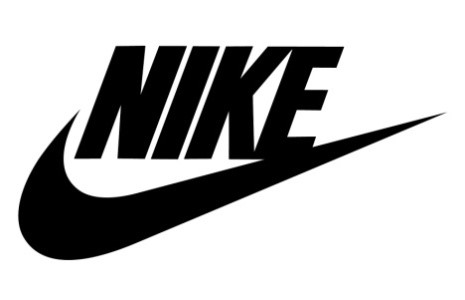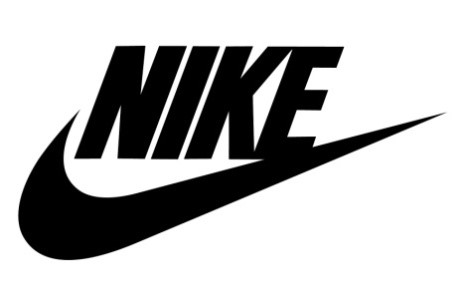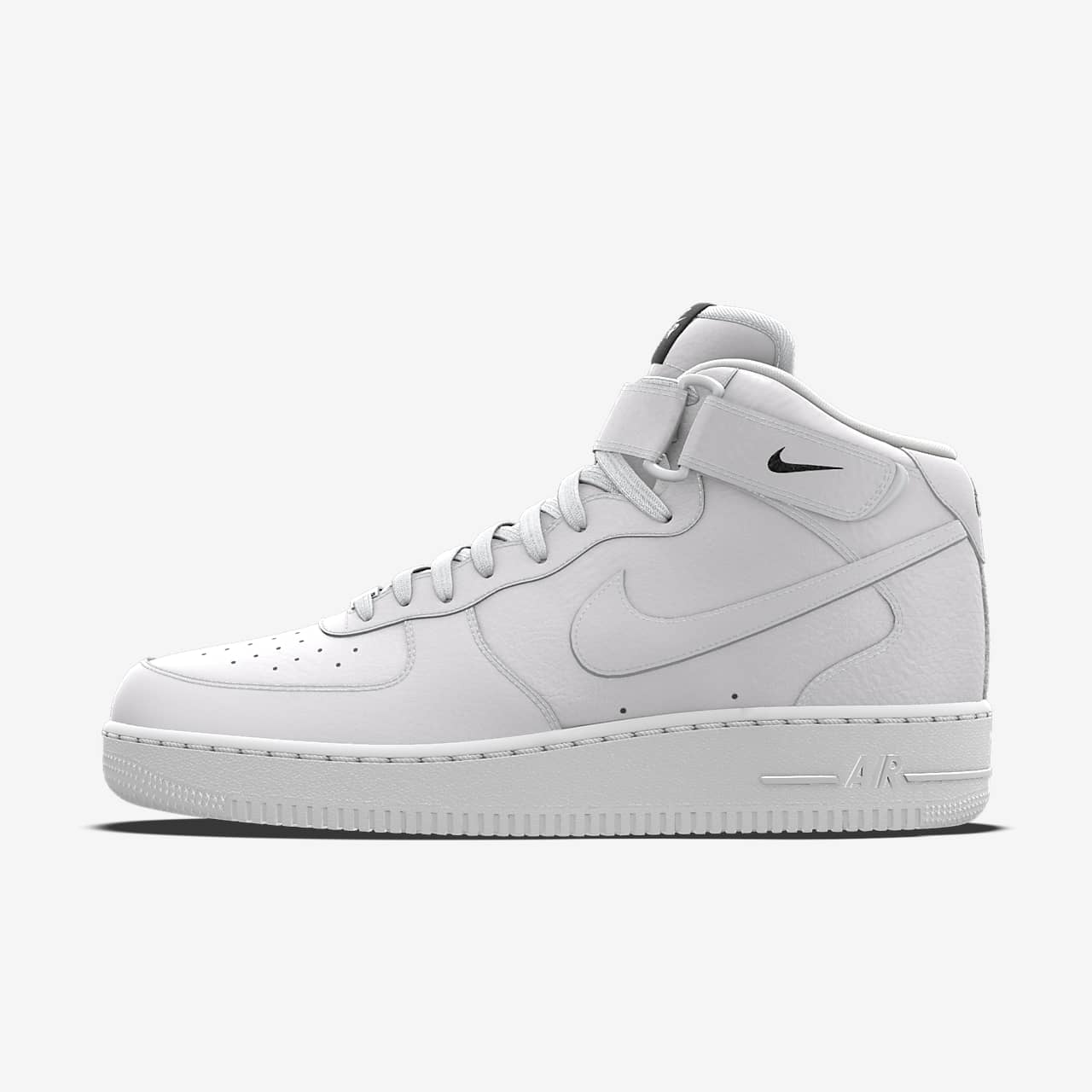What to Expect From NIKE’s Upcoming Q3 Earnings Release?

RBC Capital analysts provided their outlook on NIKE, Inc. (NYSE:NKE) ahead of the upcoming Q3 earnings announcement, scheduled on March 21.
According to the analysts, sentiment on Nike has turned considerably less negative in recent months, supported by China reopening, progress on excess inventory clearance, and the macro environment holding up better than feared.
The analysts remain positive, flagging strong brand heat, and healthy revenue momentum in the near term, and also see the potential for stronger and faster than market-expected margin recovery in 2024/2025.
The analysts estimate $11.54 billion in revenues, 43.8% gross margin (down 280bps year-over-year), and diluted EPS of $0.54. The analysts see potential upside risk to North America (up 16%) and EMEA (up 11%) revenue growth supported by markdown activity, and potential downside risk to Greater China (up 4%) due to COVID disruption which the market will likely 'look-through'.
The analysts raised their price target on the stock to $145 from $130, while maintaining their Outperform rating.
| Symbol | Price | %chg |
|---|---|---|
| NKE.BA | 7505 | 0.4 |
| 7936.T | 3715 | -0.75 |
| METROBRAND.NS | 1123.2 | 0 |
| 194370.KS | 10100 | -2.97 |

Nike (NYSE:NKE) Price Target and Quarterly Performance Overview
- Stifel Nicolaus sets a price target of $68 for Nike (NYSE:NKE), slightly below its current trading price.
- Nike reports a strong quarterly performance with diluted earnings of $0.49 per share, surpassing expectations.
- Despite positive earnings, concerns about growth quality and margin compression persist.
On October 1, 2025, Stifel Nicolaus set a price target of $68 for Nike (NYSE:NKE). At that time, Nike's stock was trading at $69.73, which is about 2.48% higher than the target. Nike, a global leader in sportswear and equipment, competes with brands like Adidas and Under Armour. The company is known for its innovative products and strong brand presence.
Nike recently experienced a 3.5% increase in after-hours trading, driven by its impressive quarterly performance. The company reported diluted earnings of $0.49 per share, surpassing Wall Street's forecast of $0.27. Revenue for the first quarter rose by 1% to $11.7 billion, slightly above expectations. Wholesale sales increased by 7% to $6.8 billion, although sales from Nike Direct stores and its website declined by 4%.
Despite a 1% reduction in selling and administrative expenses, Nike's gross profit margin fell by 320 basis points to 42.2%. This decline was due to lower average selling prices from increased discounts and higher tariffs in North America. CEO Elliott Hill emphasized the company's strategic actions in key areas like North America and wholesale, noting the need for continued progress across all sports, geographies, and channels.
Nike's Q1 2026 results indicate early signs of a turnaround after challenging quarters. The company's revenue base is stabilizing, and margins show resilience. Sequential profitability improvement supports the recovery narrative. Initiatives like "Win Now" and "Sport Offensive" are refocusing the brand on athletes and sport-specific strategies, reversing previous missteps.
Despite the positive earnings surprise, concerns remain about Nike's growth quality. Margins continue to compress, and the direct-to-consumer segment weakens. While wholesale momentum and inventory relief offer some progress, challenges persist with the Converse brand and in the Chinese market. Nike's valuation remains high at about 35 times forward EPS, offering little margin of safety for investors.

NIKE, Inc. (NYSE: NKE) Faces Market Challenges and Strategic Shifts
- The consensus price target for NIKE (NYSE:NKE) has decreased to $77.75 from a high of $85.20 last quarter.
- Analysts forecast a significant decrease in earnings and revenue in the upcoming earnings report, with expectations of 26 cents per share on revenue of $10.99 billion.
- Despite current challenges, analyst Tom Nikic from Wedbush sets an optimistic price target of $139 for NIKE, highlighting the potential upside based on strategic initiatives.
NIKE, Inc. (NYSE: NKE) is a leading global brand in athletic footwear, apparel, and equipment. Known for its iconic trademarks like Jumpman and Converse, NIKE sells its products through retail stores, digital platforms, and independent distributors. The company faces competition from other major brands like Adidas and Under Armour in the athletic wear market.
The consensus price target for NIKE has seen a decline over the past year. A year ago, the average price target was $83.54, which increased to $85.20 last quarter. However, it has recently dropped to $77.75. This trend may be influenced by recent market conditions and company performance, as highlighted by the stock's current trading price of $68, a 12.85% decrease from its August peak.
NIKE's upcoming earnings report is a focal point for investors, as it is expected to provide insights into the company's turnaround efforts. Analysts forecast earnings of 26 cents per share on revenue of $10.99 billion, a significant decrease from the previous year's earnings of 70 cents per share and $11.61 billion in revenue. This anticipated decline may have contributed to the lowered price targets.
Despite these challenges, analyst Tom Nikic from Wedbush has set a price target of $139 for NIKE, indicating potential upside from its current trading price. This optimism is supported by NIKE's strategic initiatives, such as its "Win Now" strategy, which aims to optimize inventory levels and enhance branding efforts. The strategy is expected to improve sales and create a more favorable revenue mix.
NIKE's stock performance is also affected by broader market conditions, including supply chain disruptions and changing consumer behavior. As the company prepares to release its fiscal Q1 2026 earnings, investors are advised to monitor key areas such as sales performance in China, effective inventory management, and the impact of U.S. tariff policy on profit margins.

Nike (NYSE:NKE) Quarterly Earnings Preview
- Analysts predict an earnings per share (EPS) of $0.28 and revenue of approximately $10.98 billion.
- Nike faces year-over-year decline in earnings and lower revenues for the quarter ending August 2025, adding uncertainty.
- The company's financial health is highlighted by a P/E ratio of 32.54, a debt-to-equity ratio of 0.83, and a current ratio of 2.21.
Nike (NYSE:NKE) is gearing up to release its quarterly earnings on September 30, 2025. Analysts predict an earnings per share (EPS) of $0.28, with revenue expected to reach around $10.98 billion. As a leading player in the athletic apparel and footwear industry, Nike's performance is closely monitored by investors and analysts, especially given its competition with brands like Adidas and Under Armour.
Investors are particularly attentive to Nike's upcoming earnings report, as it could significantly impact the stock's price. Despite facing cyclical risks and modest growth, Nike is anticipated to surpass earnings estimates. However, expectations of a year-over-year decline in earnings and lower revenues for the quarter ending August 2025 add a layer of uncertainty. The management's discussion during the earnings call will be crucial in assessing the sustainability of any immediate price changes.
Historically, Nike has experienced slow and steady growth in revenue and cash flow. However, this growth has been complicated by stock buybacks at unfavorable prices and economic cycle disruptions. The company's free cash flow levels suggest that its fair value is approximately at the current market price. A true margin of safety for investors is suggested to be below $45 per share, indicating potential caution in investment decisions.
Nike's financial metrics provide insight into its market position. With a price-to-earnings (P/E) ratio of 32.54, investors are willing to pay a premium for each dollar of earnings. The price-to-sales ratio of 2.26 and enterprise value to sales ratio of 2.34 reflect the value placed on each dollar of sales. The enterprise value to operating cash flow ratio of 29.29 highlights the relationship between the company's valuation and its cash flow from operations.
Nike's financial health is further illustrated by its earnings yield of 3.07%, offering a return on investment relative to its share price. The debt-to-equity ratio of 0.83 indicates a balanced approach to financing its assets. Additionally, a current ratio of 2.21 suggests Nike's strong ability to cover short-term liabilities with short-term assets, providing a stable financial footing as it approaches its earnings release.

Nike, Inc. (NYSE:NKE) Sees Positive Shift in Market Sentiment
- Argus Research upgraded Nike, Inc. (NYSE:NKE) to a "Buy" rating, indicating a bullish outlook for the stock.
- Nike's stock surged nearly 15% following its fourth-quarter earnings report, despite a decline in revenue and profits.
- Analysts are optimistic about Nike's recovery and future growth potential, reflecting a positive shift in market sentiment.
Nike, Inc. (NYSE:NKE) is a global leader in the design, development, and marketing of athletic footwear, apparel, equipment, and accessories. Known for its iconic "Swoosh" logo, Nike competes with other major brands like Adidas and Under Armour. The company has a strong presence worldwide and is a key player in the sportswear industry.
On July 6, 2025, Argus Research upgraded Nike's stock to a "Buy" rating, with the stock price at $76.39. This upgrade, reported by Benzinga, highlights Nike as a top large-cap gainer in the previous week. The upgrade comes amid a significant boost in Nike's stock, which has provided investors with renewed optimism.
Nike's stock experienced a remarkable surge of nearly 15% in a single trading session following its fourth-quarter earnings report on June 26. Despite a 12% decline in revenue and an 86% drop in profits for the quarter, the market's reaction was positive. Investors seem to be focusing on a potential comeback story for Nike, looking beyond the disappointing historical data.
Analysts have begun upgrading their outlooks on Nike, suggesting a belief that the company has overcome its challenges and is on the path to recovery. This shift in sentiment is supported by new signs of stability and control within the company. The positive market response reflects not only Nike's headline results but also the potential for future growth.
Nike's current stock price is $76.39, with today's trading range between $75.58 and $77.03. Over the past year, the stock has reached a high of $90.62 and a low of $52.28. With a market capitalization of approximately $112.75 billion and a trading volume of 12,022,568 shares today, Nike remains a significant player in the market.

Argus Upgrades Nike to Buy, Stock Gains 3%
Argus has upgraded NIKE (NYSE:NKE) to Buy from Hold, setting a price target of $85, citing signs of an ongoing recovery fueled by inventory normalization, improved pricing through e-commerce, and the company’s continued brand dominance. Following the upgrade, the company’s shares rose more than 3% intra-day today.
The firm noted that after aggressively clearing excess inventory in the second half of fiscal 2025, Nike’s product lineup is now more current and resonating better with consumers. Additionally, Nike is leveraging its direct-to-consumer and online channels to strengthen pricing power, supporting margins as demand stabilizes.
Argus remains bullish on Nike’s long-term prospects, emphasizing its leadership in the athletic apparel and footwear markets, bolstered by strong marketing, athlete endorsements, and a powerful brand that commands premium pricing, especially in high-end footwear.
While acknowledging the industry’s fierce competition, the analyst expects Nike to capitalize on its global scale, product innovation, and expanding presence in emerging markets to sustain growth. The upgrade reflects growing confidence that Nike’s strategic initiatives will drive a meaningful turnaround and support share price appreciation.

Nike Jumps 18% After Q4 Beat and Signs Turnaround Headwinds Are Easing
Shares of Nike (NYSE:NKE) surged over 18% intra-day today after the athletic giant reported fiscal fourth-quarter results that exceeded expectations and signaled that the worst financial impact from its turnaround plan is likely behind it.
Nike posted Q4 sales of $11.10 billion, down 12% year-over-year but better than analysts anticipated, helped by signs of stabilization in its core running category. North American sales dropped 11% to $4.7 billion, a decline that was milder than feared.
Earnings per share were $0.14, topping the consensus estimate of $0.12. CEO Elliott Hill’s upbeat remarks during the earnings call—highlighting that the business is poised to improve from here—fueled investor optimism. “It’s time to turn the page,” Hill declared.
Executives also outlined plans to shift more production from China to the U.S., aiming to mitigate potential cost increases from broad U.S. tariffs.
Looking ahead, Nike guided for first-quarter revenue to decline by a mid-single-digit percentage, a forecast more positive than analyst expectations for a 7.3% drop. Management noted that Q4 marked the peak of financial drag from its turnaround initiatives, and they anticipate these headwinds to ease going forward.

Nike's Fiscal Fourth Quarter Earnings Overview
- Nike (NYSE:NKE) reported an EPS of $0.14, surpassing the estimated $0.12, with revenue reaching $11.1 billion against the expected $10.7 billion.
- Despite a 12% year-over-year revenue decline, the company's performance exceeded analysts' expectations with a net income of $211 million.
- Under CEO Elliott Hill's leadership, Nike focuses on product innovation and marketing, contributing to its smaller-than-expected revenue decline and ability to surpass profit estimates.
Nike (NYSE:NKE) recently reported its earnings for the fiscal fourth quarter, revealing an earnings per share (EPS) of $0.14, which surpassed the estimated EPS of $0.12. The company's revenue for this period was $11.1 billion, exceeding the estimated revenue of approximately $10.7 billion. This performance indicates strong revenue growth and effective cost management.
Despite a 12% year-over-year revenue decline, Nike's results were better than analysts expected, as highlighted by Visible Alpha. The company's net income fell to $211 million, or 14 cents per share. However, these figures still exceeded Wall Street's expectations.
This quarter marks the third under CEO Elliott Hill, who took over last October. Hill had previously warned that the company's turnaround plan might impact sales negatively in the short term. However, he remains optimistic about the future, stating that the business is expected to improve due to ongoing progress.
Nike's shares experienced a slight decline of about 1% in extended trading following the earnings report. Despite this, the company's strategic focus on product innovation and marketing centered around sports appears to be yielding favorable results. This approach has contributed to Nike's smaller-than-expected decline in revenue and its ability to surpass profit estimates.
Nike's financial metrics provide further insight into its performance. The company has a price-to-earnings (P/E) ratio of approximately 20.64 and a price-to-sales ratio of about 1.93. Its enterprise value to sales ratio is around 2.00, and the enterprise value to operating cash flow ratio is approximately 16.33. Additionally, Nike maintains a debt-to-equity ratio of approximately 0.85 and a current ratio of around 2.19, indicating a strong financial position.







